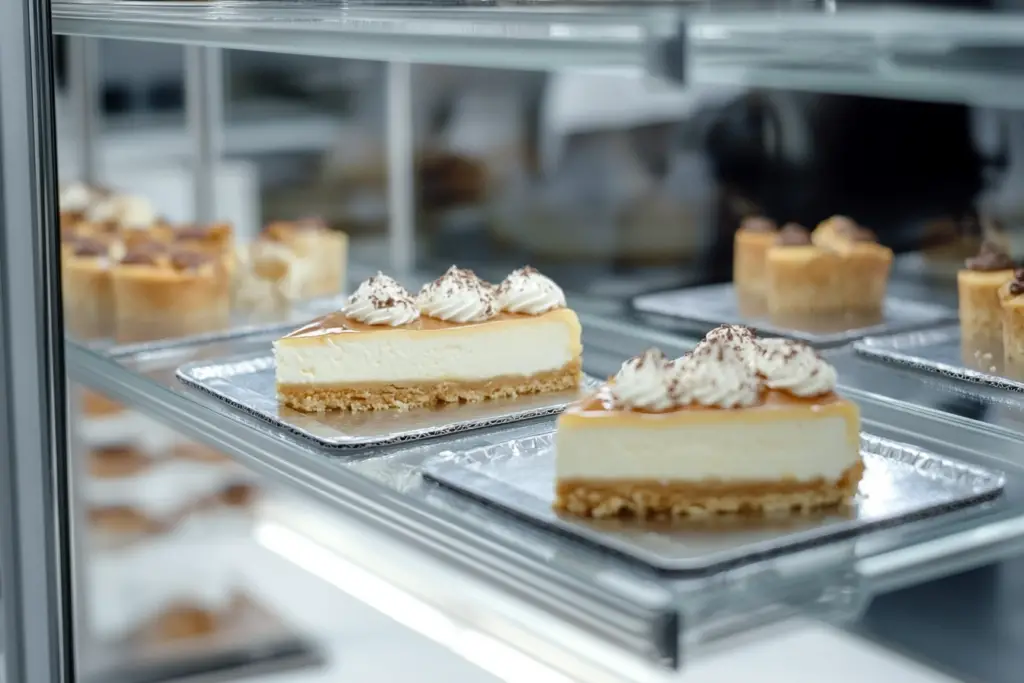No one wants to spend vacation money on overpriced, mediocre food. Tourist trap restaurants excel at attracting crowds but often deliver disappointing experiences. Fortunately, spotting these establishments is straightforward once you know the warning signs. Here’s how to identify tourist traps before walking through their doors.
Aggressive marketing tactics mean stay away

When restaurant staff actively try to pull people in from the street, it’s a major red flag. Quality establishments don’t need aggressive marketing – their reputation speaks for itself. Pay attention to workers holding menus outside or shouting about specials to passersby.
Another telling sign is the presence of menus in multiple languages plastered on windows or stands. While this might seem convenient, it often indicates the restaurant focuses more on catching tourists than maintaining food quality. Industry experts warn these tactics reveal a business model built on one-time visitors rather than repeat customers.
Watch out for massive menus and seating areas
Restaurants offering every type of cuisine imaginable should raise suspicion. A menu featuring pizza, sushi, burgers, and pad thai suggests a kitchen spreading itself too thin. Quality restaurants typically specialize in specific dishes or regional cuisine.
The size of the establishment matters too. Research shows restaurants with over 200 seats in tourist districts often prioritize turnover over quality. These massive operations frequently rely on pre-made, mass-produced food to handle high volumes.
Generic desserts signal mass production

Take a close look at the dessert menu. If you spot the same items everywhere – chocolate lava cake, New York cheesecake, key lime pie – chances are they’re not made in-house. Food industry insiders note that tourist traps often source these staples from commercial suppliers.
Merchandise over meals raises questions
When a restaurant’s entrance resembles a souvenir shop more than a dining establishment, proceed with caution. T-shirts, mugs, and other branded items taking center stage suggest food quality isn’t the primary focus.
What if the food actually smells amazing despite the merchandise? Trust your instincts, but remember that marketing experts reveal some establishments use artificial scents to attract customers.
Check the parking lot for local insights

A surprising tip: examine the vehicles outside. An abundance of tour buses or out-of-state license plates often indicates a tourist trap. Local food critics suggest looking for restaurants where resident vehicles dominate the parking lot.
The presence of rental cars and coaches might mean the restaurant has arrangements with tour companies and hotels – focusing on guaranteed tourist traffic rather than earning local repeat business through quality.
Finding authentic restaurants while traveling doesn’t require expert knowledge – just attention to detail. Remember these warning signs next time you’re searching for a meal in a new place. The best dining experiences often hide in smaller establishments, where genuine hospitality and carefully prepared food matter more than catching tourists’ attention.

